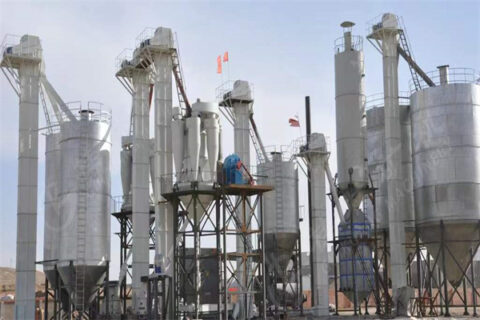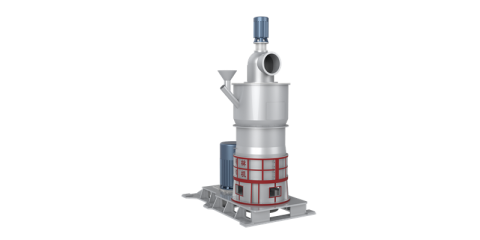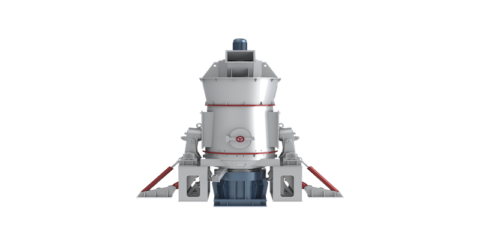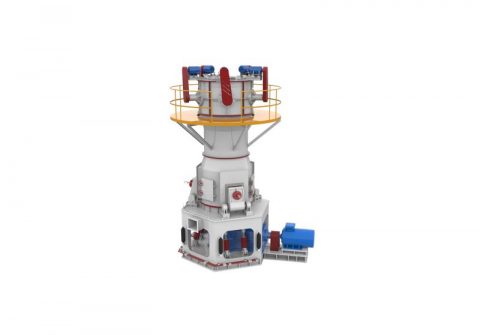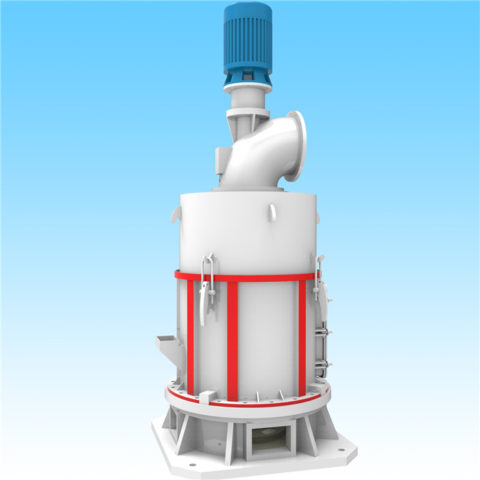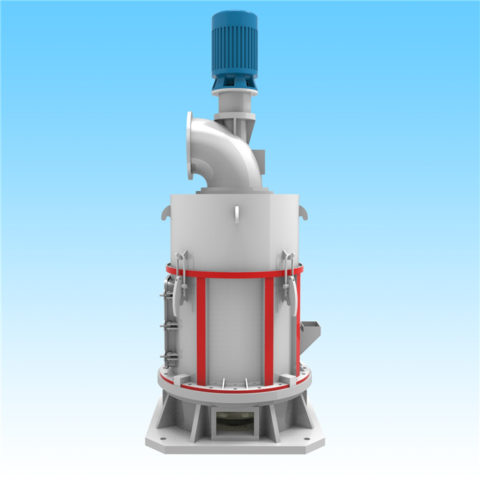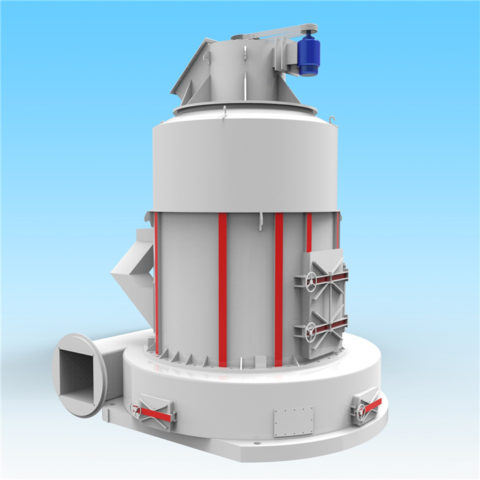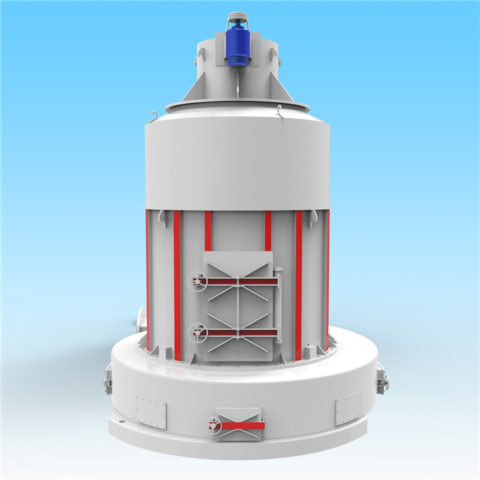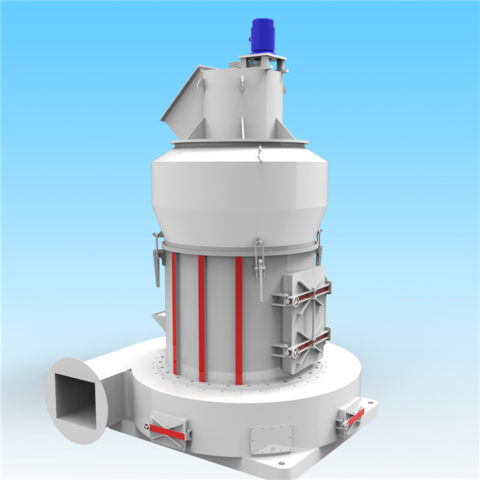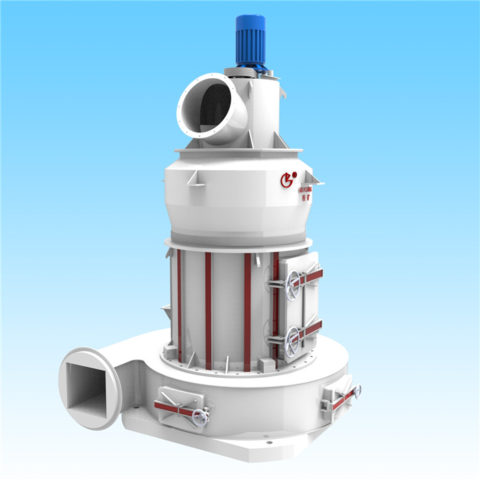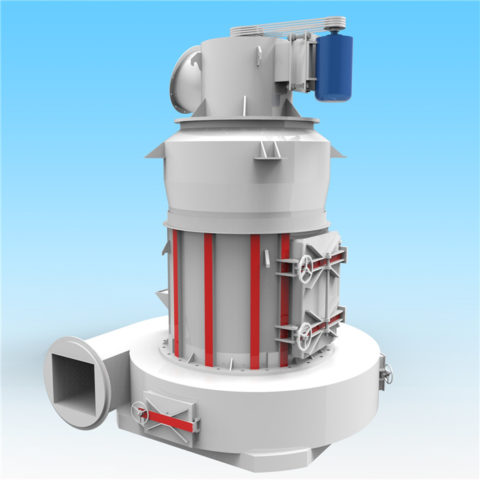Petroleum coke is a byproduct of the oil refinery industry. Petroleum coke refers to all types of carbonaceous solids obtained in petroleum processing, which includes green or raw, calcined and needle petroleum coke. Petroleum coke is used in many applications, including electrodes and anodes. It is also used as a fuel in the metal and brick industries.
What Is Metallurgical Coke?
Petroleum coke is a material high in calorific value and carbon content without being highly reactive, which makes it an effective fuel in the metal and ceramic industries. According to the Ceramic Industry website, petroleum coke is a cheap, readily available energy source that can lower brick manufacturing costs. As of August 2016, 150 heavy clay manufacturing plants operated worldwide using petroleum coke as the primary fuel.
Graphite Electrodes
Graphite can be produced from low-sulfur needle petroleum coke, which must be heated above 5,432 degrees Fahrenheit. Graphite is used in the production of electrodes for electric arc furnaces used in the steel-making industry. The performance of these electrodes depends on the quality and purity of the petroleum coke used. Graphite electrodes are highly demanded in the steel-making industry, because of their low coefficient of thermal expansion, which is related to the capacity of resisting high temperatures.
Anodes
Calcined petroleum coke, often low in sulfur and metallic impurities, is used to make anodes for the smelting industry. These anodes must be dense, strong, electrically conductive, and of high carbon purity, says Surinder Parkash in “Petroleum Fuels Manufacturing Handbook.” Calcined petroleum coke is mixed with coal tar pitch in the production of anodes. Calcining is a high-temperature heating process used to eliminate the volatile materials left during the production of raw petroleum coke.

2019-08-08
News
